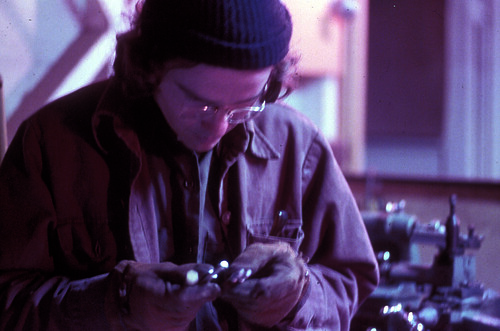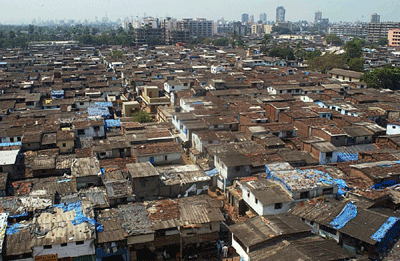 .............................................................Michael Rotondi; he is looking at you...
.............................................................Michael Rotondi; he is looking at you...The studio mid term reviews finally began Friday and we thank Chris Genik for stopping by.
Overall, the projects were developed far enough to claim their individual placement and reflected the results of ongoing work about programming, planning and design.
I was particularly interested in seeing the urban aspect of the projects and concentrated my commentary on that area. Let's say, the projects will develop urban integration part in coming weeks, and bring the level of engagement to address 'everyday padestrianism,' (btw,the word is not on the list) if you will.
I believe the projects must reflect this element rather explicitly and importantly as the actual 'building' articulations. This part also includes, economic and physical scales as well.
Michael's overall commentary at the end was very much about developing your own awareness, when it comes to proportionally recognizing relationships in order to understand the world around us. You must develop a set of 'rules of thumb' using your own hands. Through this method, you will understand how big things have to be, and where the light comes in. Remember, it is all about life and consciousness.
I won't get into commenting on each individual project here and that has been done already in the presentations.
Below is a slideshow of the presentations.
Thank you all and especially to Michael for that commentary at the end of the Friday's review session, it was definitely a golden nugget and I wish I'd taped it.
Slideshow , more to be added on after Monday...










